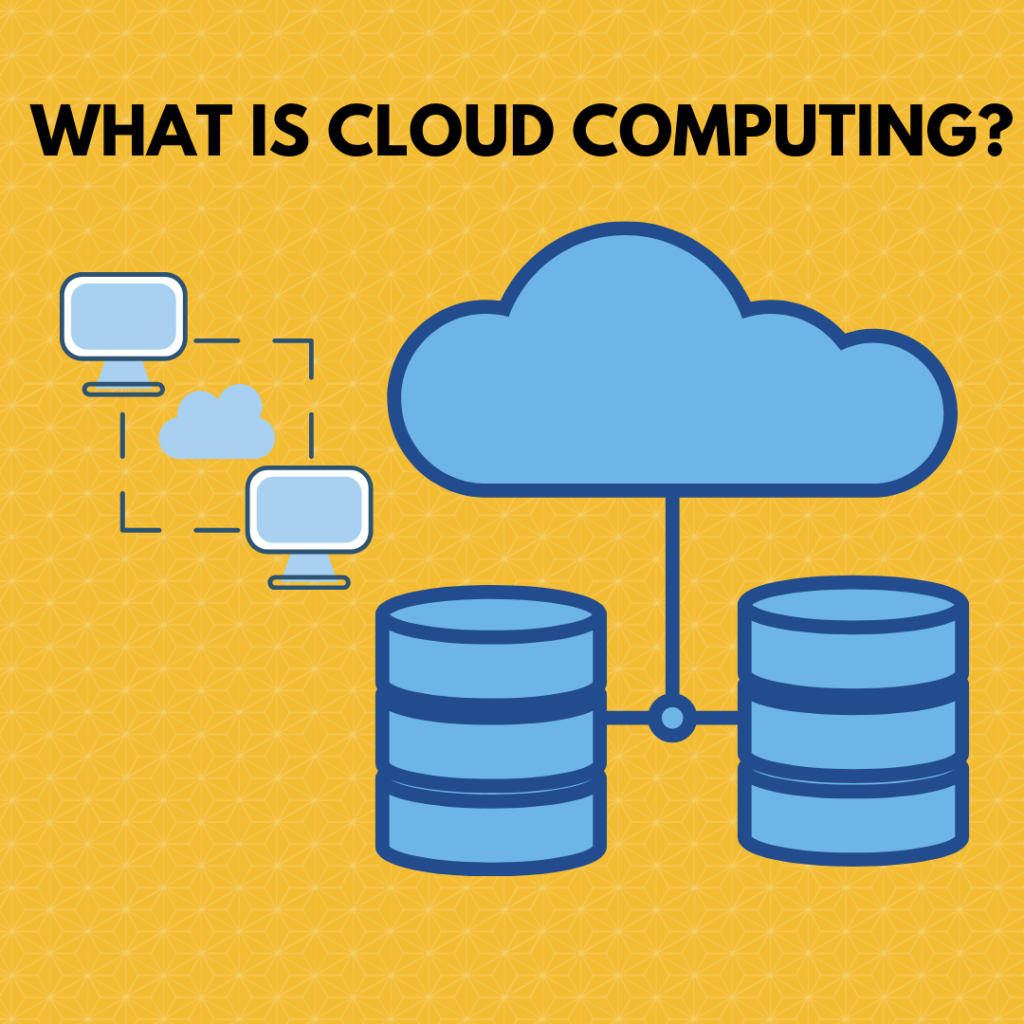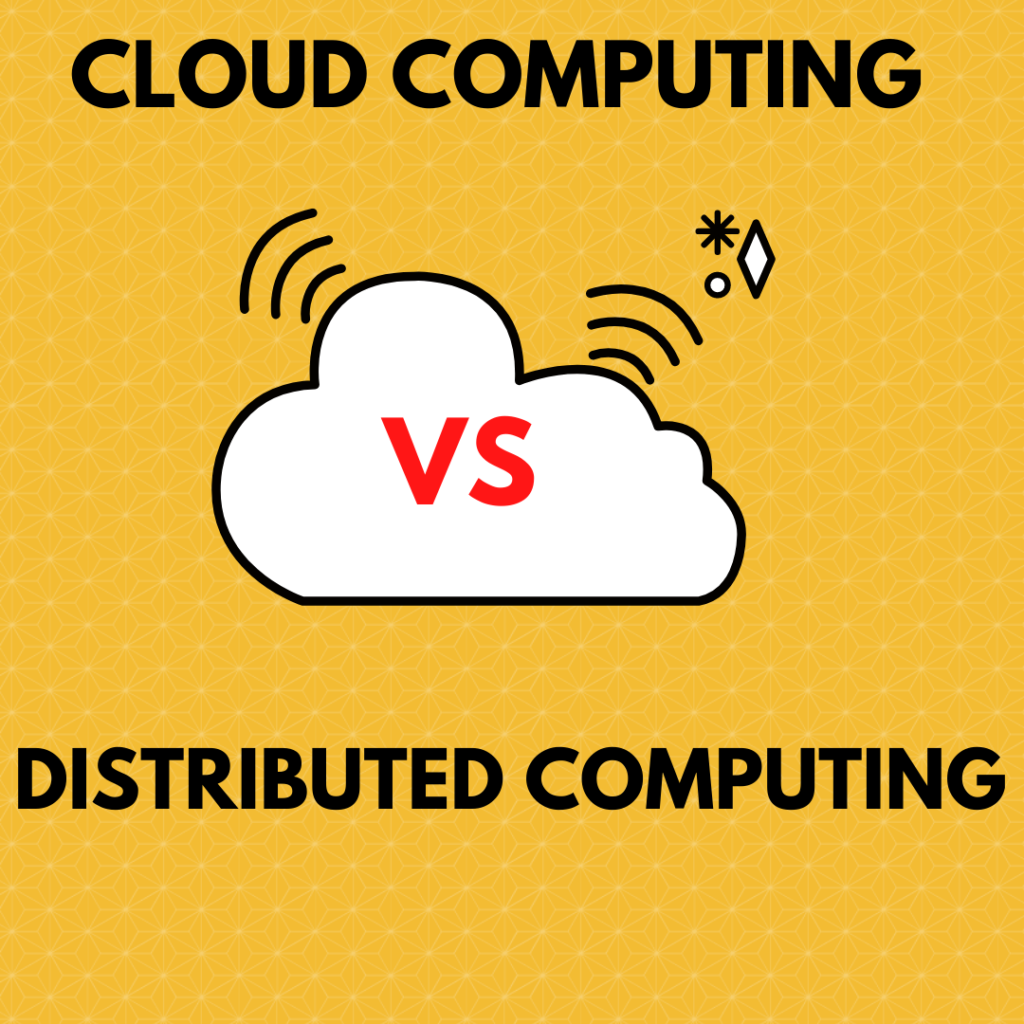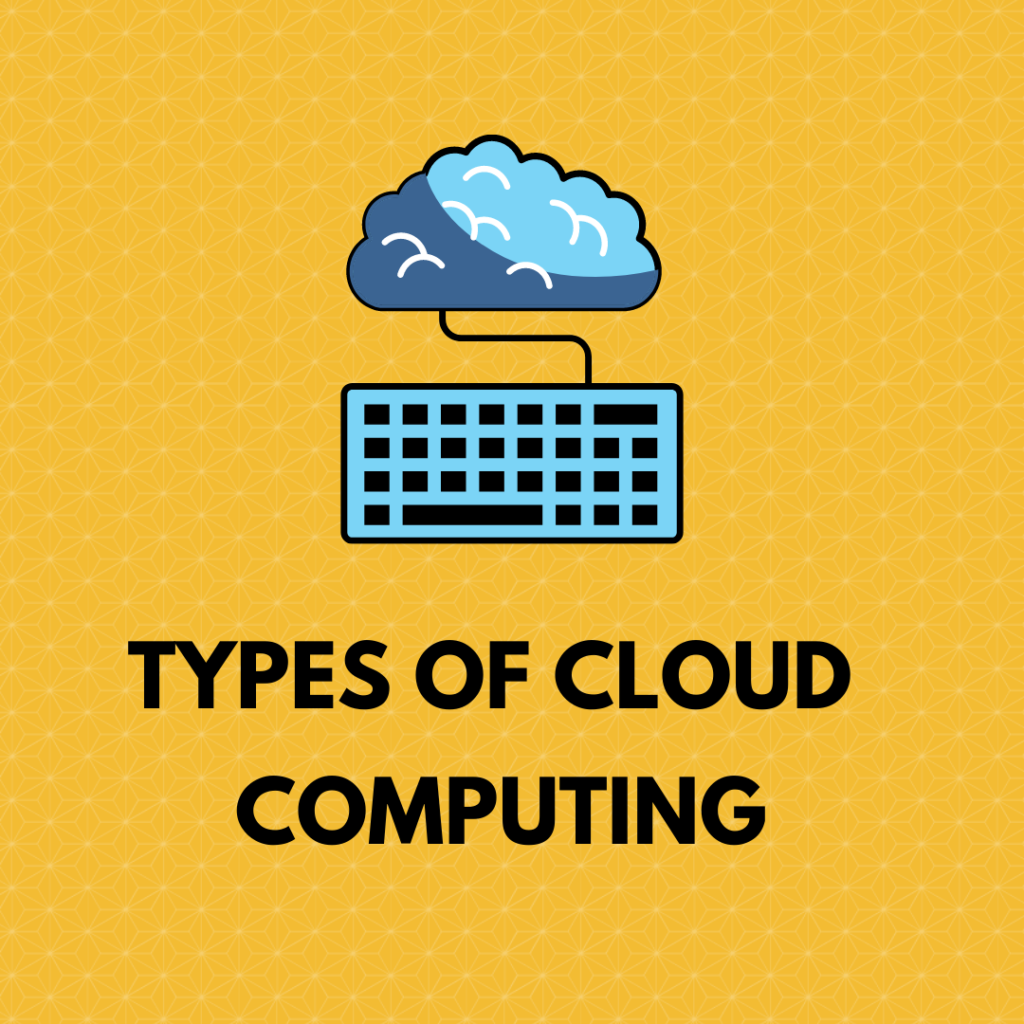You may have heard this word too many times, but do you know what this Cloud Computing is, why is it getting heard so much these days. As we know that computer network technologies have grown a lot in the last 20 years. Ever since the Internet (the most popular computer network) has revealed its existence, there has been a lot of advancement in the field of computer networks and there has been a lot of research in the field of technologies like Distributed Computing and Cloud Computing.
These technical terms are the concept of both Distributed Computing and Cloud Computing are often the same, there are some inequalities in both. So if you want to understand Cloud Computing then you must also have an understanding of Distributed Computing. Global Industry Analyst has told that this global cloud computing service market will become a business of up to $ 327 billion by 2020. Nearly all companies are using Cloud Computing service today’s more, be it directly or indirectly.
For example, if we talk, whenever we use Amazon or Google’s service, then we are storing all our data in the cloud. If you use Twitter, then you use cloud computing services indirectly.
Distributed Computing and Cloud Computing are both so popular because we needed better computing networks so that our data could be processed faster. So what is cloud computing today? You will know more about this in this article. So, let’s start delaying and know what this Cloud Computing is? And why is it becoming so popular?
What is the cloud?
Talking about Cloud, it is the design of a large interconnected network of servers that have been designed to deliver computer resources. And there is no concept of the precise location where data is coming from and where it is going. If I say in easy language, if a user uses it, then he will feel that he is using huge formless computing power, in which the user can do everything according to his needs, from his email to the mapping of the mobile application.
There is nothing like saying “The Cloud” in the language of Business. Cloud Computing is a collection of licensed services provided by different vendors. Cloud service replaces them with different products in place of technology management and technology acquisition and these products are managed from elsewhere and one thing they are active only when it is needed.
What is Cloud Computing?

If someone provides a service through the Internet, it is called Cloud Computing. This service can be anything like Off-Site Storage or computing resources.
Or simply say, Cloud Computing is such a style of computing that massively scalable and flexible IT-related capabilities are provided as service with the help of Internet Technologies. Facilities like infrastructure, platform, application, and storage space are available in these services. In this, the users use the services according to their needs and pay the money for the services they use. For this, they do not need to build their own infrastructure.
Nowadays there is a lot of competition in the world and in such a situation, people need service on the Internet at all times, without any delay. If an application ever freezes, then there is a lot of dissatisfaction among the people. People need the service they need 24/7. To fulfill this requirement, we cannot emphasize old mainframe computing, so people used Colored distributed computing technology to solve this problem. Due to which big businesses started doing all their work very easily.
For example, Facebook, which has 757 million active users and which sees about 2 million photos daily, around 3 billion photos are uploaded every month, 1 million websites use facebook to do 50 million operations per second.
In such a situation, the traditional computing system cannot solve these problems, rather we need something better that can work. Therefore, to do such computing, Cloud Distributed Computing is the need of the hour.
Examples of Cloud Computing
- YouTube is a great example of cloud storage that hosts video files of millions of users.
- Picasa and Flickr which hosts digital photographs of crores of users on their server.
- Google Docs is another great example of cloud computing that allows users to upload their presentations, word documents, and spreadsheets to their data servers. Along with this, there is also an option to edit and publish those documents.
Characteristics and Benefits of Cloud Computing
If seen, Cloud Computing has many attractive benefits that are going to be very useful for businesses and people. There are 5 main benefits of cloud computing:
- Self-service provisioning: End users can do any work according to their need which they need most. With this, the traditional requirements are IT administrators, who used to manage and provision your compute resources earlier, and they are not needed anymore.
- Elasticity: Companies can increase and earn it according to the computing of their needs. It is a benefit that as before there was a lot of investment on the local infrastructure, it has completely stopped now, it gives a lot of benefit to the companies.
- Pay per use: Compute resources are measured at a granular level. So that users only have to pay for the resources and workloads that they use.
- Workload resilience: Cloud service providers often use redundant resources so that they can get resilient storage and with it, they can continue the important work of users who are familiar with multi global regions.
- Migration Flexibility: Organization can transfer some workloads from one cloud platform to another according to their needs, without any difficulty, and automatically which saves money as well.
History of Cloud Computing
If we talk about Cloud computing, it was born in the tens of 1960s. When the computing industry assumed computing as a service income utility based on its potential benefits. But earlier computing, connectivity, and banwidth were both lacking due to which it was not possible to impliment computing according to a utility.
This was not possible until the availability of Internet bandwidth was achieved in a large scale by 1990. After which it was possible to think of computing as a service.
In 1990, Salesforce successfully implemented commercial enterprise SaaS for the first time. After which AWS did in the year 2002, which used to provide many services like online storage, machine learning, computation. Today there are many mega major providers like Microsoft Azure, Google Cloud Platform which together with AWS are providing cloud-based service to other individuals, small businesses, and global enterprises.
Cloud Computing vs. Distributed Computing

1) Goals
If I talk about distributed computing, it provides collaborative resource sharing by connecting with other users and resources. Distributed Computing always tries to provide administrative scalability (number of the domain in registration), size scalability (number of processes and users), and geographical scalability (maximum distance between the nodes in the distributed system).
While speaking of Cloud Computing, it believes in delivering service in the on-demand environment so that the targeted goal can be achieved. Along with this it also believes in providing more scalability and transparency, security, monitoring, and management. In Cloud Computing, services are delivered with transparency without physical implementation in the cloud.
2) Types
Distributed Computing is divided into three types
1.Distributed Information Systems
The main purpose of these systems is to distribute this information through various communication models across different servers such as RMI and RPC.
2.Distributed Pervasive Systems
These systems are mainly made up of embedded computing devices such as portable ECG monitors, wireless cameras, PDA’s, and mobile devices. These systems can be identified by comparing their instability to any traditional distributed systems.
3.Distributed Computing Systems
In these types of systems, the computers which are connected in the network, the conversations are done through the message to track their activity.
Cloud Computing is divided into four types
- Private Cloud
It is such a cloud infrastructure that dedicatedly hosts all the applications of a particular IT organization so that its complete control is over the data so that the security is unlikely to breach. - Public Cloud
This type of cloud infrastructure is hosted by other service providers and which are later made public. Users do not have any control in such a cloud nor can they see the infrastructure.
For example, both Google and Microsoft own their cloud infrastructure and later give access to the public.
- Community Cloud
This is a multi-tenant cloud infrastructure in which the cloud is shared between other IT organizations. - Hybrid Cloud
These are Combination 2 or more different types of clouds (Private, Public, and Community) only then Hybrid cloud infrastructure is formed somewhere where each cloud remains as a single entity, but all the clouds combine to form multiple deployment models, which make the flow redundant.
3) Characteristics
In Distributed Computing, the task is distributed between different computers. So that computational functions can be performed at the same time. Cloud Computing Systems use an on-demand network model that provides access to a shared pool of computing resources with the help of Remote Method Invocations.
Types of Cloud Computing

Cloud computing can be mainly divided into three parts: IaaS, PaaS, and SaaS.
Cloud Computing Models
1) Infrastructure as a service (IaaS)
These services are self-service models that are used for monitoring, accessing, and managing the infrastructure from a remote location.
Examples – Servers, Firewalls, Routers, CDN
2) Platform as a service (PaaS)
It provides a line of self-service modules for software developers to manage the computing infrastructure from centralized IT operations.
Examples – Email services: Gmail, Outlook.com
3) Software as a service (SaaS)
SaaS accesses the web to deliver applications that are managed by third-party vendors and whose user interface can only be accessed from the client.
Application Building: Google App Engine, SAP Hana, Cloud Foundry
Cloud Computing has changed the entire computing industry. It has completely changed the look of businesses and the IT infrastructure as well. It provides a lot of benefits for hardware and software, which seemed impossible only a few years ago.
Now a virtual machine needs just a few minutes to run. Cloud Computing has changed the attitude of companies and businesses. It has now become the first choice of all because if someone does business with proper planning, strategy, and budget properly, then this will definitely get success.
Also Read:
What Is Google Ads And How Does Google Ads Work
How To Increase Immunity Home Remedies
Best Skincare Products For Hyperpigmentation
Redmi Note 10 Pro Amazon Best Deal In India
Short Motivational Poems In Hindi
COVID-19 वैक्सीन की सच्चाई के बारे में कुछ जानकारी जो आपको पता होनी चाहिए
कोरोनावायरस: सुरक्षित रहने के लिए कोरोनोवायरस महामारी के दौरान आपको पांच गैजेट्स में निवेश..
NEET 2021: Will the NEET UG exam be postponed again? Follow this strategy for..
Adar Poonawala, who arrived in Britain with his wife and children, said- left the
Bihar Corona Update: 85 patients died in 24 hours, close to 95 thousand active…
मंगल ग्रह की खोज और लुप्तप्राय प्रजातियों की बचत
आज से 18+ के लिए वैक्सीन पंजीकरण: पंजीकरण के बिना कोई नंबर नहीं आएगा,…
California will supply oxygen to India to control the second wave of coronavirus
Uttarakhand Covid-19 update: 5000 new cases of corona in Uttarakhand, 81 patients died
Triple mutant virus: know what is the triple mutant variant of corona found in
Chamoli Glacier Burst: Iceberg Breaks In Malari Valley, The Team Leaves For The Spot;
Oxygen Express, carrying Pranavayu for Uttar Pradesh, will reach Lucknow on 24 April
